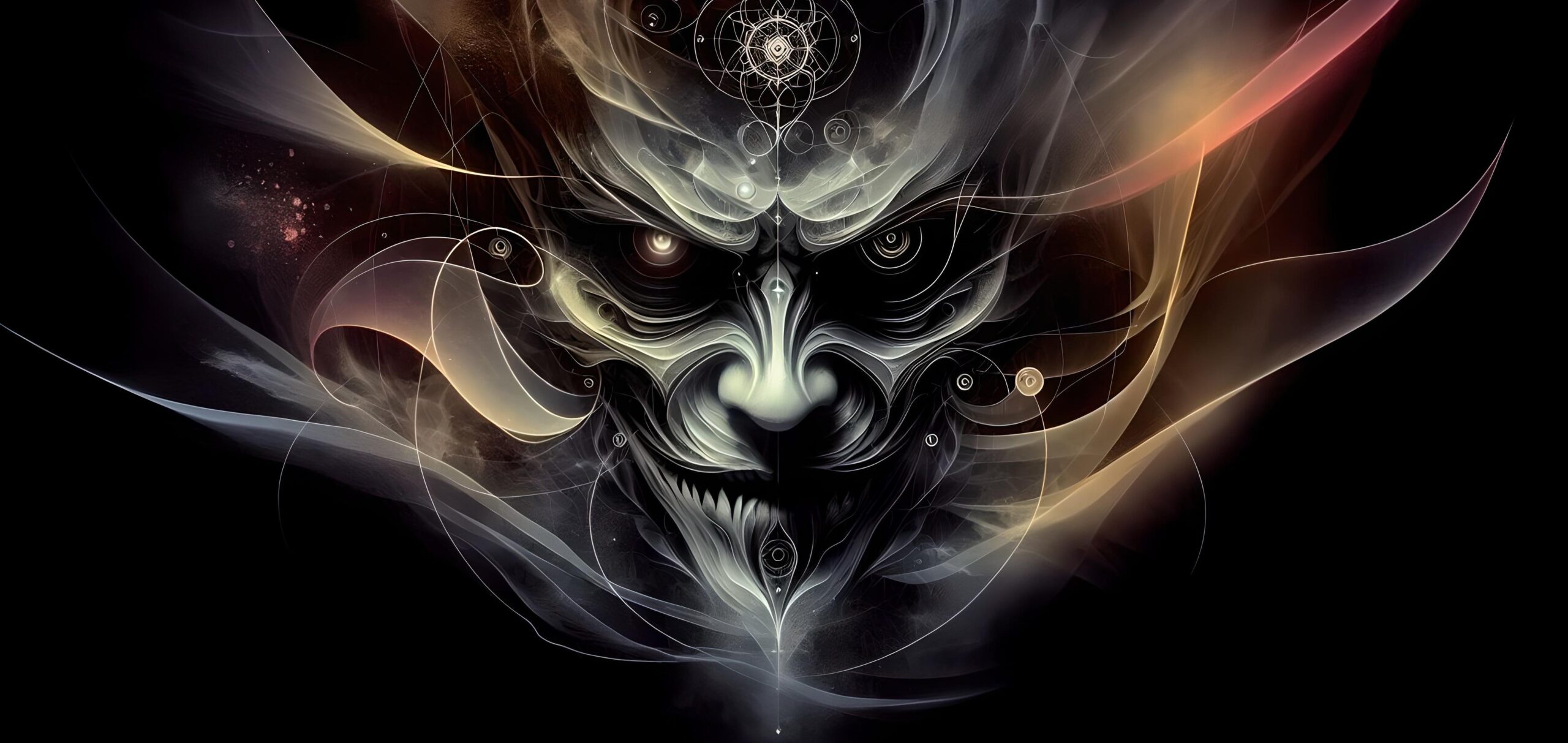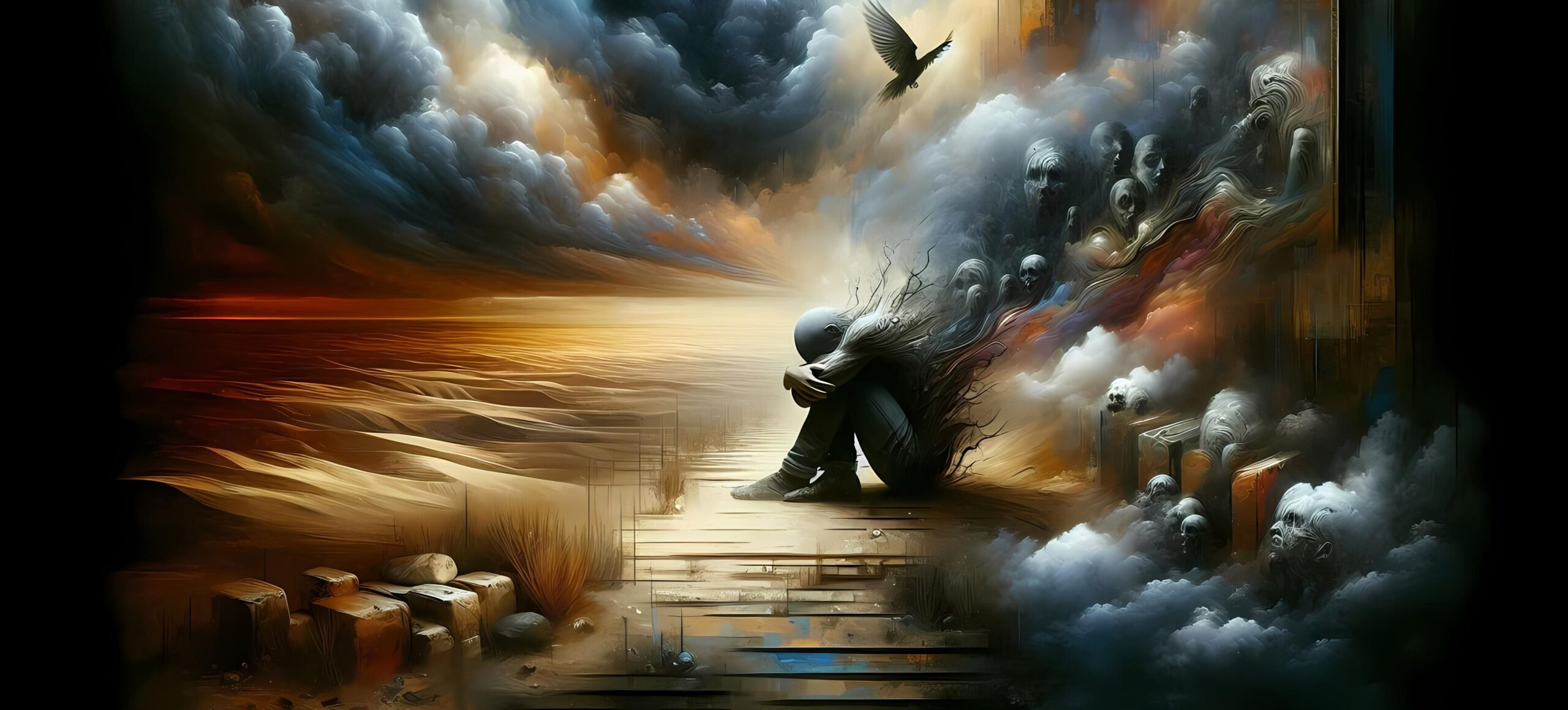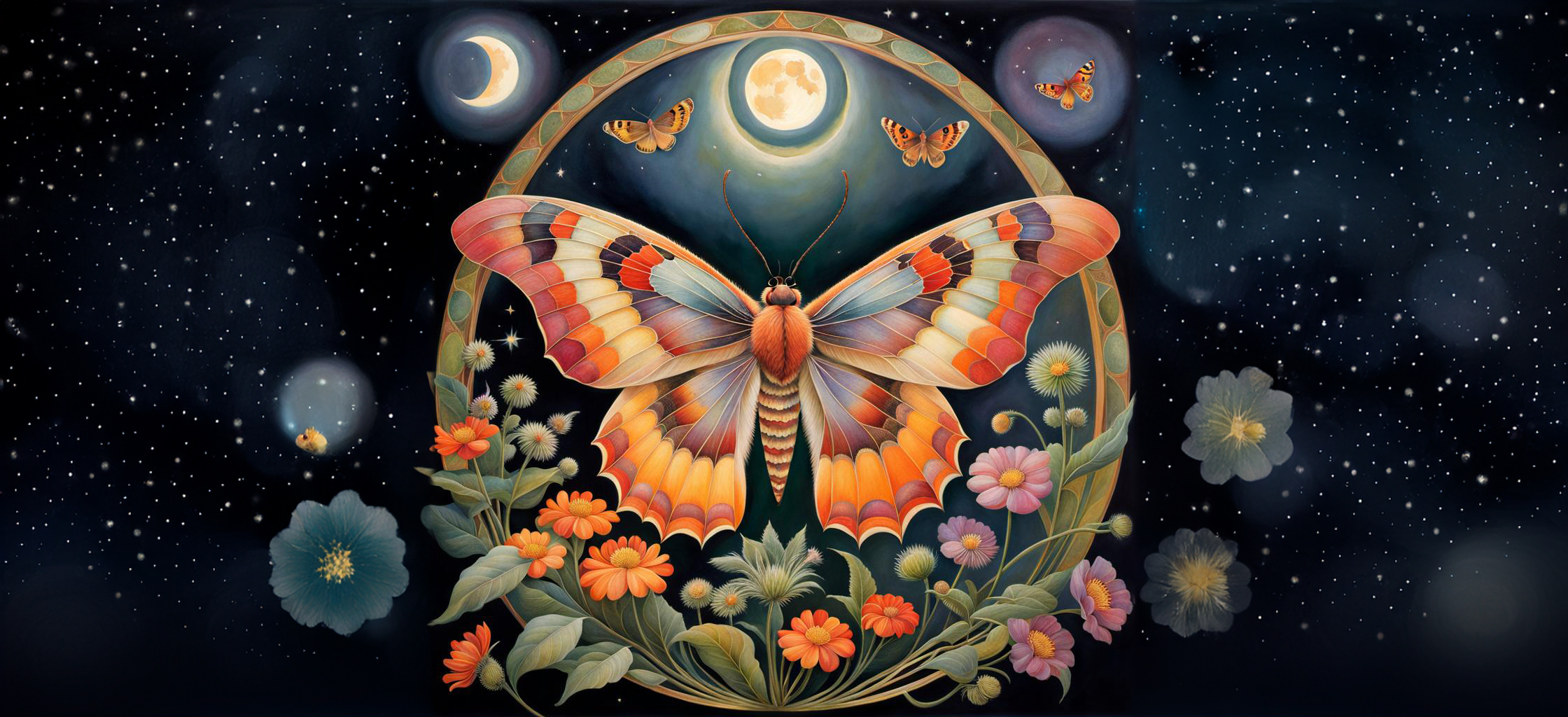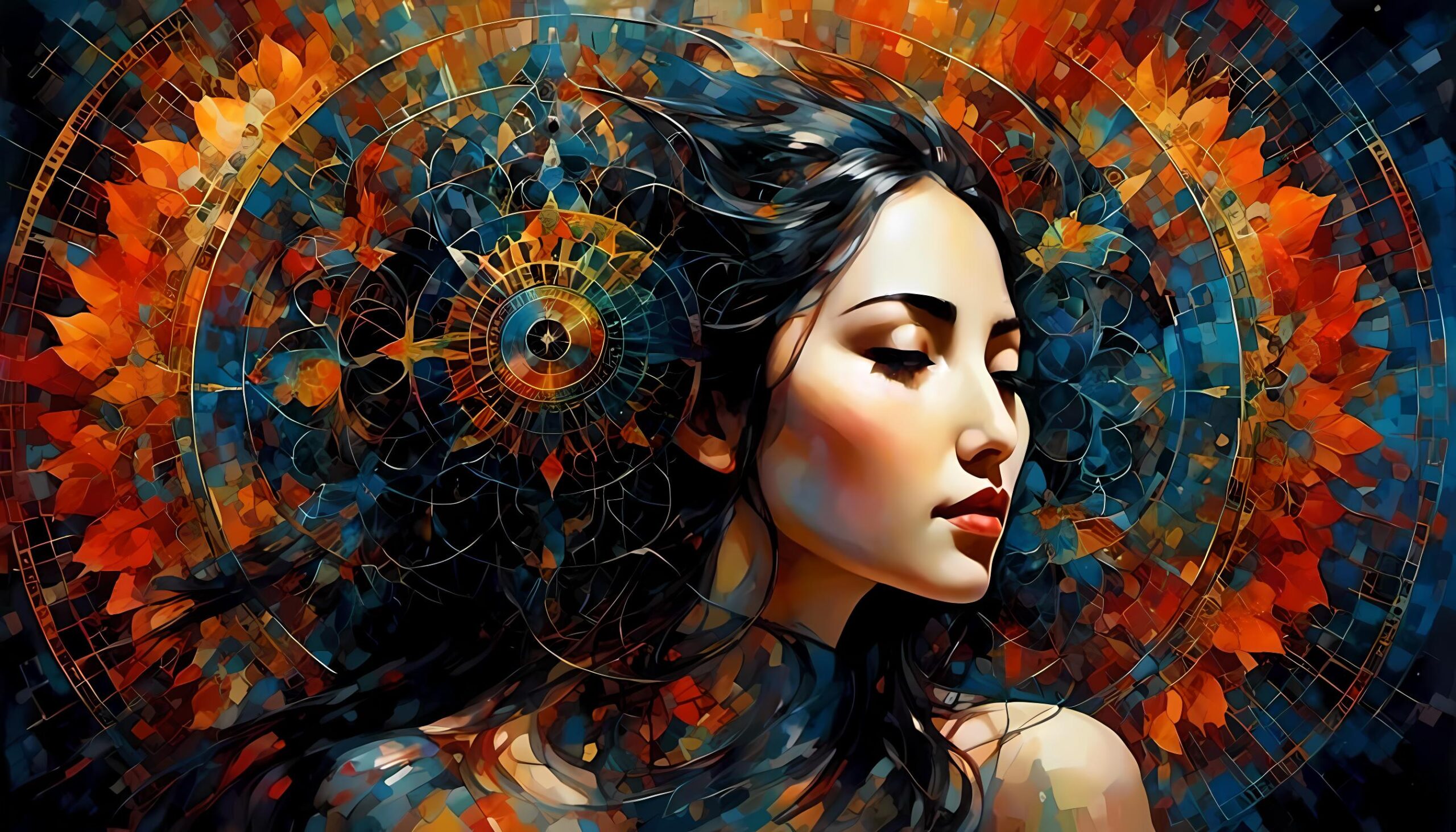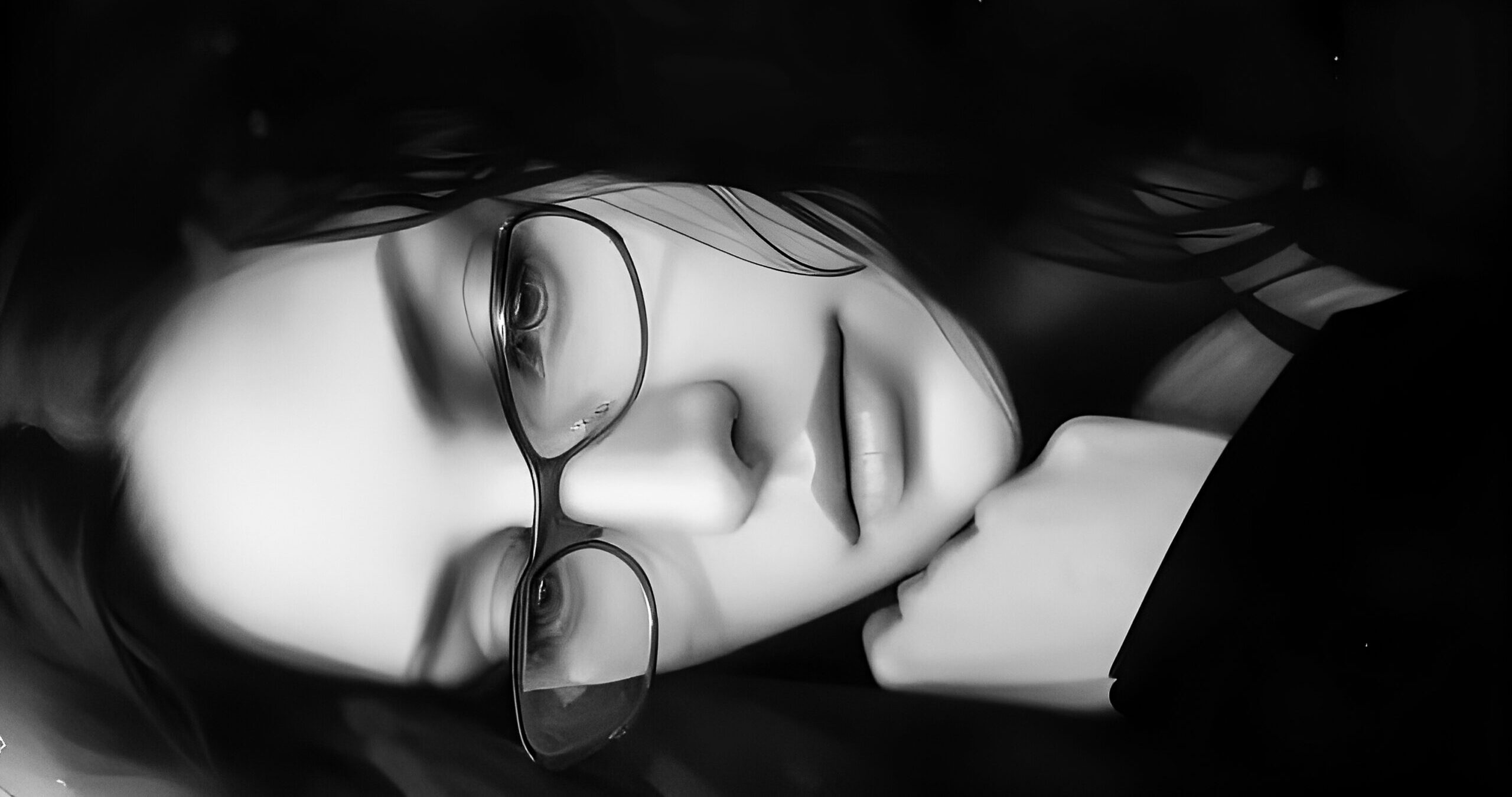The Persecutor from Karpman’s Drama Triangle becomes the Villain in The Model. This role is often someone or something we tend to want to separate ourselves from, or that we have difficulty recognizing within ourselves. We “other” the Villain and hold them as someone we are incapable of being. We can go as far as to dehumanize them or label them as “evil.” This often happens in situations involving categorizations of “us” and “them” like politics or religion, but the Villain can be activated whenever we encounter individuals who are engaging in behavior different than that to which we are accustomed, and our reaction to their difference is one of fear. Villains are often Victims who are demanding (usually out of a sense of rage) to get their “power” back. According to Van der Kolk, “most interpersonal trauma on children is perpetuated by Victims who grow up to become perpetrators or repeat Victims of violence” (p. 402, 2014). To regain their power, childhood Victims may attack another person out of rage. They may attack the Villain (who has stolen their power) out of revenge or vengeance, thus victimizing the Villain. If the Villain is not accessible, they may enact their anger toward an individual who is perceived as weaker, creating more Victims in the cycle of Victim/Villain responses.
The Villain end of the horizontal axis of the model corresponds with the stressor response “fight” of fight or flight. When we are pushed into a corner and perceive a threatening interaction, we respond to it by either fighting (which can look like an ardent defense of one’s belief or could be taken to the point of harming another), or running away (which can look like avoidance, quietness, shrinking, or disappearing), when in the role of Victim. An individual can perceive an interaction as threatening when it is different from what they are comfortable with, even if their comfort zone is harmful to them. This is to say that an individual can feel comfortable with extreme scarcity interactions and reactions (regardless of negative outcomes) and may feel threatened when confronting an interaction that comes from an abundance or spectrum mindset of trust. Growing up in extreme scarcity predisposes one to perceiving abundance as a threat to their comfort zone. In the Villain role, one may feel justified in reacting to stressors out of anger or rage when their “way of life” feels threatened.
